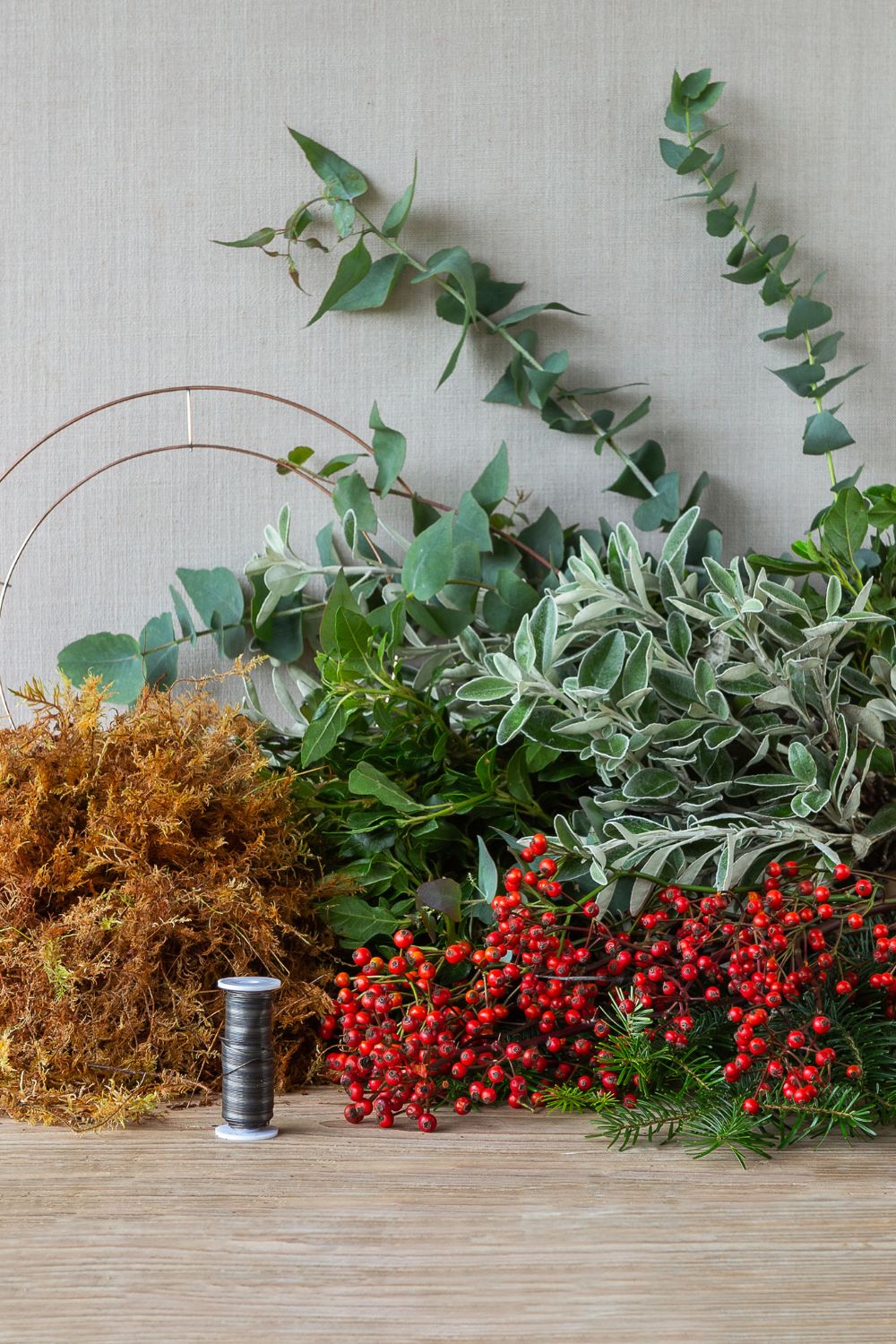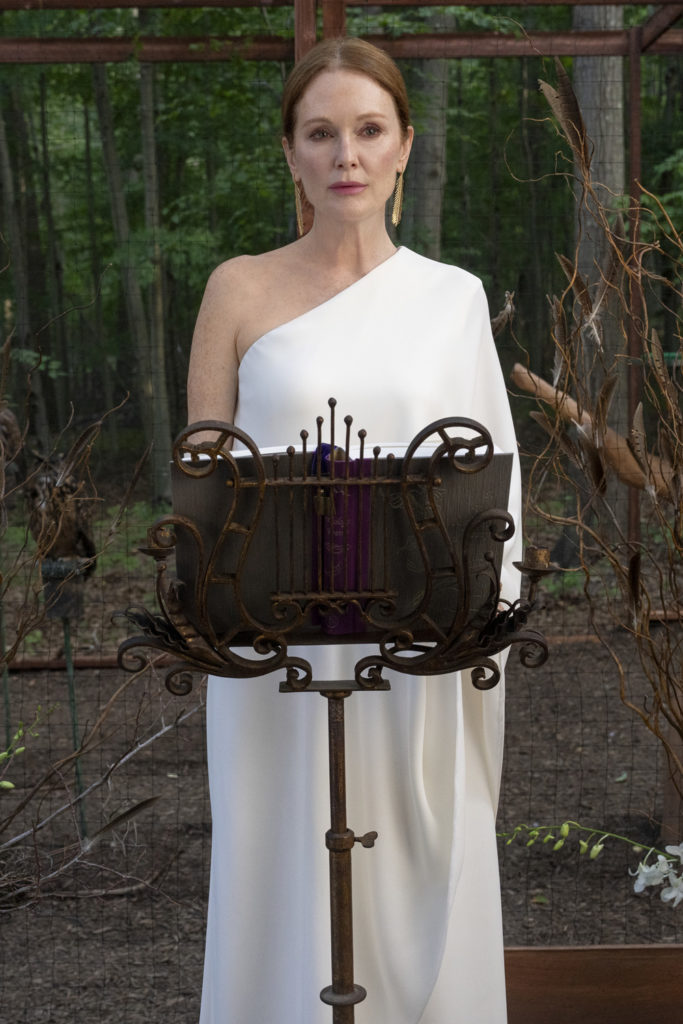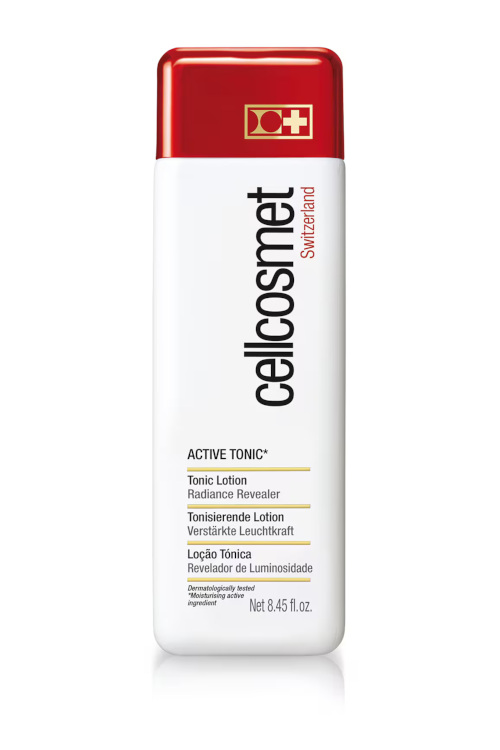
Rosebie Morton’s Guide To Festive Foliage
By
1 year ago
Top tips from the founder of The Real Flower Company
From trees to wreaths, here’s your guide to Christmas foliage, courtesy of The Real Flower Company‘s Rosebie Morton.
A Guide To Christmas Foliage
How To Make Your Own Wreath
Tis’ the season! There’s nothing that gets you into the festive spirit more than hanging a wreath on your door. Making your own gives a huge sense of achievement and is not difficult, although it does require some time!
If you don’t have one, you’ll need a copper wire ring for your base (easy to purchase online) a bag of moss, a ball of twine or some pliable wire, and a mix of different seasonal foliage.
Pack the moss tightly into sausage shapes and pile onto the wire frame, attaching tightly with the twine/wire until all the wire is covered. Having built the base, cut your foliage into shortish pieces with a pointed end so that you can stab them into the moss base. I always start by covering the moss with spruce; then, once I’ve hidden most of the moss, I’ll add in other foliage such as cryptomeria, juniper, viburnum, berrried ivy, eucalyptus, bay and rosemary. (I tend to shy away from holly due to the prickles!)
I vary the lengths depending on how wild I want the wreath to look. Once I’m happy with the different foliage, I’ll finish by wiring whatever I fancy, from pinecones and berries to cinnamon sticks and dried orange slices. Old man’s beard can look beautiful, as can fluffy grass seed heads.
To finish off, you can tie a lovely festive bow onto your masterpiece and then hang it on the door to be admired by all and sundry. (Of course, if you’re time poor, don’t feel guilty about skipping the wreath-making and instead supporting your local florist!)

Berry Wreath (c) The Real Flower Company
How To Choose A Christmas Tree
When it comes to Christmas trees, there’s always so much chat about the most sustainable choice. Artificial trees need to be reused at least ten times to balance their petrochemical origins; the more sustainable route is to opt for either a cut or potted tree, preferably grown in the UK. A cut one will hold its needles longer if placed in a reservoir stand filled with water and topped up regularly. (It can then be recycled after Christmas.)
If you can, opt for a living tree in a pot. This will be quite happy inside for a good two to three weeks as long, as you keep it well watered and in a light, ventilated spot. It can then be either planted outside (if space permits) or kept in its pot to be reused for next year. Many house plants have similar requirements to an indoor Christmas tree – especially cyclamen and poinsettias, which need cool and bright conditions and hate being over watered. This tends to be the biggest killer, so don’t water until the compost feels dry; then, stand the pot in water until the compost is damp, drain well, and return the tree to its original position.
As for other December gardening jobs, make sure pots are raised slightly off the ground (so they don’t get frosted and crack), ensuring they have good drainage to prevent plants and bulbs from getting waterlogged.





















